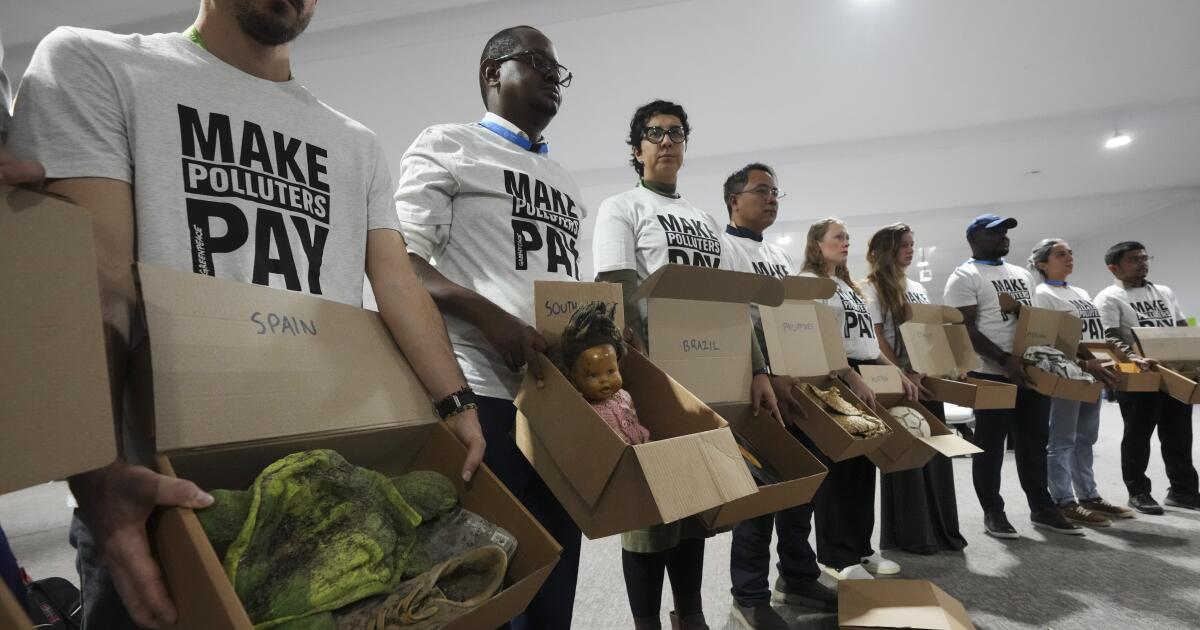In front of the White House, supporters of the Protect Our Care movement recently unfurled a “Hands Off Medicaid” banner just before President Trump delivered his address to Congress on March 4th in Washington, D.C. It was a bold move, highlighting the tension around proposed changes to Medicaid, a vital program with a lot at stake. The chamber’s budget plan, elaborated by the Congressional Budget Office, underlines cuts nearing $880 billion, supervised by the House Energy and Commerce Committee.
Medicaid, integral in aiding individuals with limited financial means, covers costs not addressed by Medicare, like nursing home stays. To trim expenses, there’s talk of introducing work requirements, essentially asking participants to work at least 80 hours per month to maintain eligibility.
While there hasn’t been a direct announcement from Republicans on altering Medicaid’s structure, a recent KFF poll suggests considerable public support, with 60% of respondents in favor of these work requirements.
Turning to the bigger picture, the Congressional Budget Office estimates potential savings of $109 billion over 10 years should these requirements be put into place. However, there’s a flip side; about 36 million individuals could lose access to healthcare. This loss includes adults aged 19 to 64 who’d likely feel the greatest impact, according to the Center on Budget and Policy Priorities. Such strategies reflect a long-standing dialogue about incorporating work obligations into social safety nets, like SNAP.
The divide in approach between the U.S. and European nations is stark, observed Farah Khan from the Brookings Metro’s Center for Community Uplift. American welfare debates often shift with political tides, where poverty is sometimes pegged as a moral downfall, overshadowing systemic issues that may drive economic hardship.
Instances like Arkansas’ rollout in 2018, which led to 18,000 people losing coverage in mere months, underscore the fragile nature of these initiatives. Similar stories emerged from New Hampshire, where more than half of the individuals faced losing coverage swiftly. Laura Harker from the Center on Budget and Policy Priorities notes that these requirements often fail to boost employment and instead increase administrative burdens, further endangering coverage.
In the current landscape, 90% of Medicaid enrollees either work or qualify for exemption points out Harker. However, research from the American Enterprise Institute shows that many working-age enrollees without children don’t clock the necessary work hours to satisfy an 80-hour monthly threshold. Kevin Corinth of the same institution emphasized that imposing work requirements could significantly disrupt the lives of many recipients who are barely above the line.
Apart from work requirements, potential Medicaid cuts might also include capping federal funds for states or trimming available services and coverage groups. As lawmakers debate, the future of Medicaid hangs in balance, proving once again the complexity behind budgeting decisions in healthcare.


















